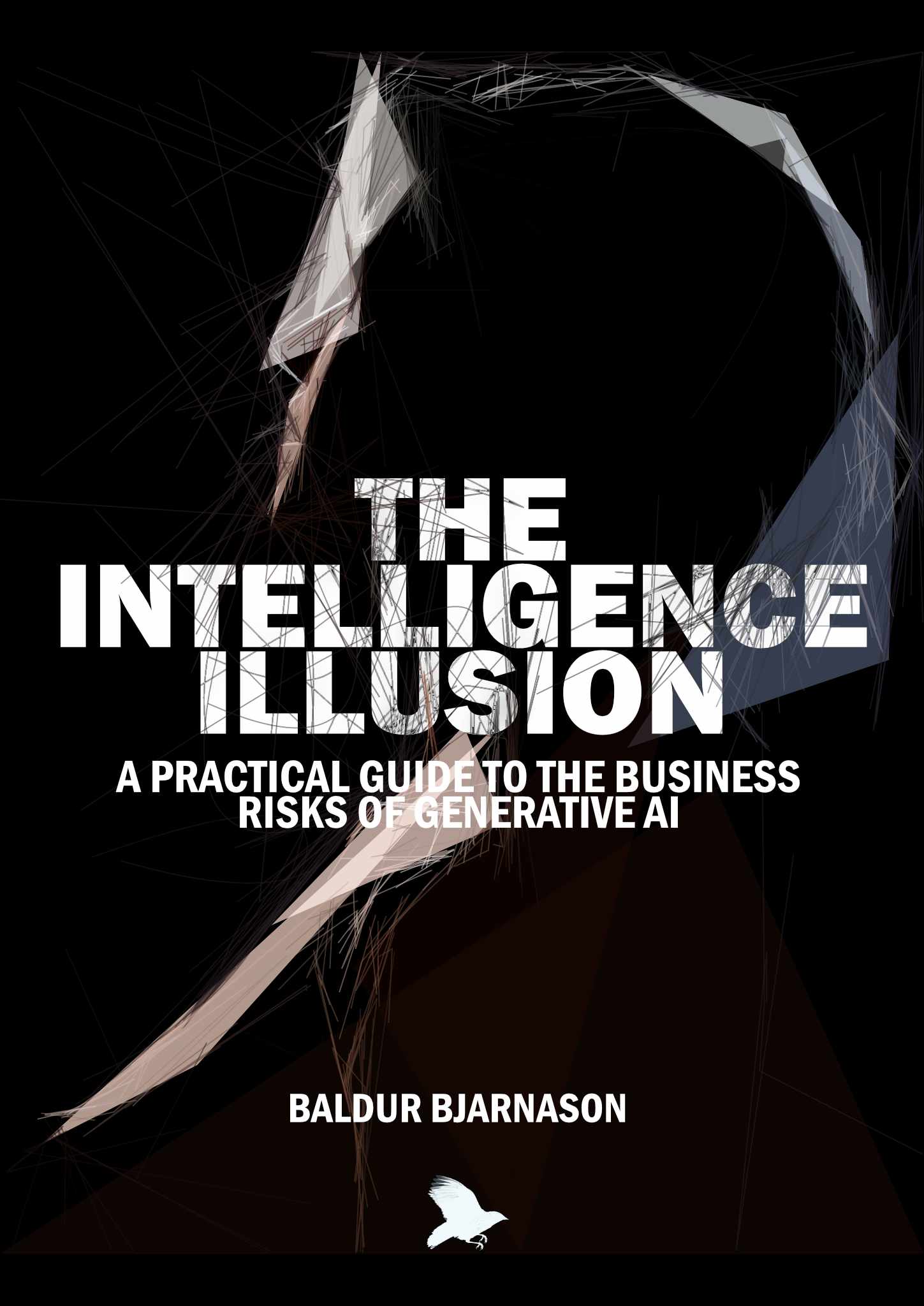Bagdasaryan, Eugene, and Vitaly Shmatikov.
“Spinning
Language Models: Risks of
Propaganda-As-A-Service
and Countermeasures.” In
2022
IEEE Symposium on Security
and Privacy (SP), 769–86, 2022.
https://doi.org/10.1109/SP46214.2022.9833572.
Carlini, Nicholas.
“Poisoning the Unlabeled
Dataset of
Semi-Supervised
Learning,” 1577–92, 2021.
https://www.usenix.org/conference/usenixsecurity21/presentation/carlini-poisoning.
Carlini, Nicholas, Matthew Jagielski, Christopher A.
Choquette-Choo, Daniel Paleka, Will Pearce, Hyrum Anderson,
Andreas Terzis, Kurt Thomas, and Florian Tramèr.
“Poisoning
Web-Scale Training
Datasets Is Practical.” arXiv,
February 2023.
https://doi.org/10.48550/arXiv.2302.10149.
Carlini, Nicholas, and Andreas Terzis.
“Poisoning and
Backdooring Contrastive
Learning.” arXiv, March 2022.
https://doi.org/10.48550/arXiv.2106.09667.
Chen, Xinyun, Chang Liu, Bo Li, Kimberly Lu, and Dawn Song.
“Targeted Backdoor Attacks on
Deep Learning Systems
Using Data
Poisoning.” arXiv, December 2017.
https://doi.org/10.48550/arXiv.1712.05526.
Dai, Jiazhu, and Chuanshuai Chen.
“A Backdoor Attack Against
LSTM-Based Text Classification Systems.”
arXiv, June 2019.
https://doi.org/10.48550/arXiv.1905.12457.
Di, Jimmy Z., Jack Douglas, Jayadev Acharya, Gautam Kamath, and
Ayush Sekhari.
“Hidden Poison:
Machine Unlearning Enables
Camouflaged Poisoning
Attacks.” arXiv, December 2022.
https://doi.org/10.48550/arXiv.2212.10717.
El-Mhamdi, El-Mahdi, Sadegh Farhadkhani, Rachid Guerraoui, Nirupam
Gupta, Lê-Nguyên Hoang, Rafael Pinot, and John Stephan.
“SoK: On the
Impossible Security of Very
Large Foundation
Models.” arXiv, September 2022.
https://doi.org/10.48550/arXiv.2209.15259.
Geiping, Jonas, Liam Fowl, W. Ronny Huang, Wojciech Czaja, Gavin
Taylor, Michael Moeller, and Tom Goldstein.
“Witches’
Brew: Industrial Scale
Data Poisoning via Gradient
Matching.” arXiv, May 2021.
https://doi.org/10.48550/arXiv.2009.02276.
Goldwasser, Shafi, Michael P. Kim, Vinod Vaikuntanathan, and Or
Zamir.
“Planting Undetectable
Backdoors in Machine
Learning Models : [Extended
Abstract].” In
2022 IEEE 63rd
Annual Symposium on
Foundations of Computer
Science (FOCS), 931–42, 2022.
https://doi.org/10.1109/FOCS54457.2022.00092.
Health Sector Coordinating Council.
“Health
Industry
Cybersecurity-Artificial
Intelligence-Machine
Learning Health
Sector Council,” February 2023.
https://healthsectorcouncil.org/health-industry-cybersecurity-artificial-intelligence-machine-learning/.
Jagielski, Matthew, Alina Oprea, Battista Biggio, Chang Liu,
Cristina Nita-Rotaru, and Bo Li.
“Manipulating
Machine Learning: Poisoning
Attacks and Countermeasures for
Regression Learning.” In
2018
IEEE Symposium on Security
and Privacy (SP), 19–35, 2018.
https://doi.org/10.1109/SP.2018.00057.
Kurita, Keita, Paul Michel, and Graham Neubig.
“Weight
Poisoning Attacks on
Pretrained Models.” In
Proceedings of the 58th Annual
Meeting of the Association for
Computational Linguistics,
2793–2806. Online: Association for Computational Linguistics,
2020.
https://doi.org/10.18653/v1/2020.acl-main.249.
Newaz, AKM Iqtidar, Nur Imtiazul Haque, Amit Kumar Sikder,
Mohammad Ashiqur Rahman, and A. Selcuk Uluagac.
“Adversarial
Attacks to Machine
Learning-Based Smart
Healthcare Systems.” arXiv,
October 2020.
https://doi.org/10.48550/arXiv.2010.03671.
Shejwalkar, Virat, Amir Houmansadr, Peter Kairouz, and Daniel
Ramage.
“Back to the Drawing
Board: A Critical
Evaluation of Poisoning
Attacks on Production
Federated Learning.” In
2022
IEEE Symposium on Security
and Privacy (SP), 1354–71, 2022.
https://doi.org/10.1109/SP46214.2022.9833647.
Suya, Fnu, Saeed Mahloujifar, Anshuman Suri, David Evans, and Yuan
Tian.
“Model-Targeted Poisoning
Attacks with Provable
Convergence.” In
Proceedings of the 38th
International Conference on
Machine Learning, 10000–10010.
PMLR, 2021.
https://proceedings.mlr.press/v139/suya21a.html.
Wallace, Eric, Tony Zhao, Shi Feng, and Sameer Singh.
“Concealed Data Poisoning
Attacks on NLP
Models.” In
Proceedings of the 2021
Conference of the North
American Chapter of the
Association for Computational
Linguistics: Human Language
Technologies, 139–50. Online: Association for
Computational Linguistics, 2021.
https://doi.org/10.18653/v1/2021.naacl-main.13.
Wan, Alexander, Eric Wallace, Sheng Shen, and Dan Klein.
“Poisoning Language Models
During Instruction
Tuning.” arXiv, May 2023.
https://doi.org/10.48550/arXiv.2305.00944.
